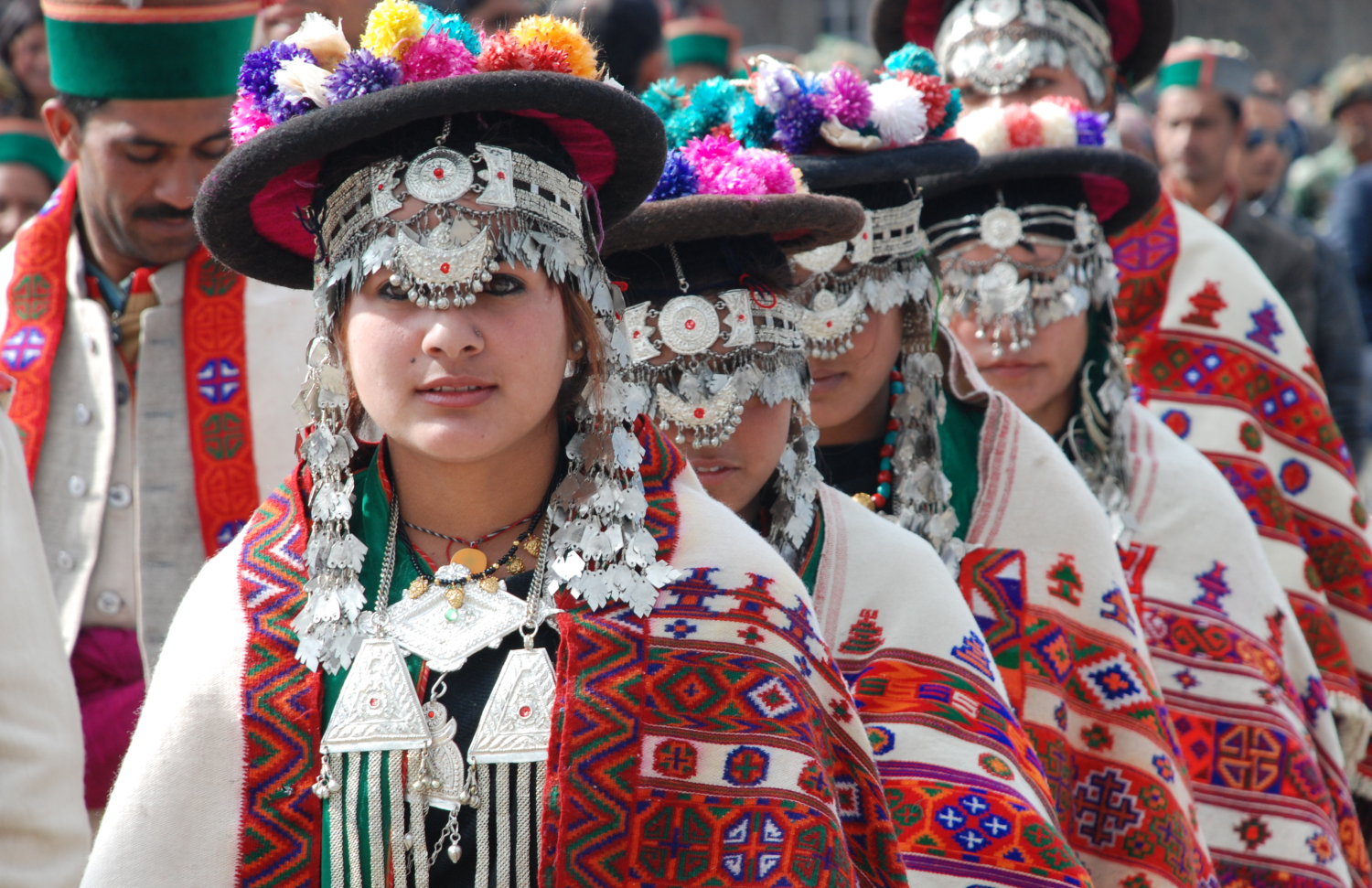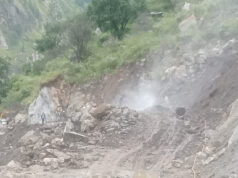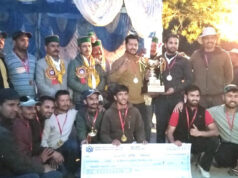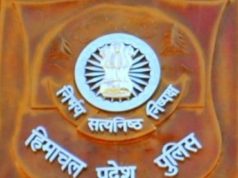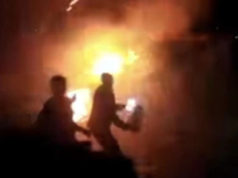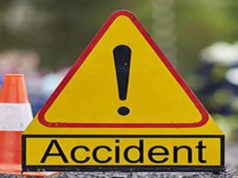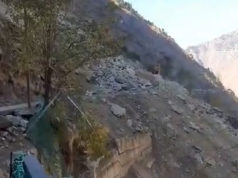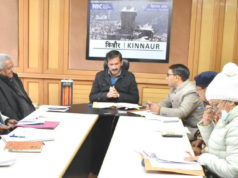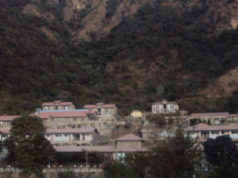The tribal areas of Himachal Pradesh continue to receive special attention of the present government in the State primarily on account of their tough topography and geographical conditions. The State government has accelerated the socio-economic development of these areas by making available adequate funds under various schemes. The consistent efforts of the state government have brought fruitful results as the tribal areas of the State today are equal to other areas in terms of economic growth, development and prosperity which is evident from various indicators.
The tribal areas, which were once most backward and there was nothing to count in the name of development, today have a vast network of roads, educational and health institutions and other basic facilities. There are 579 primary schools, 102 middle schools, 47 high schools, 73 senior secondary schools, four degree colleges, five ITI’s, two civil hospitals, 10 community health centers, 43 primary health centers and 104 sub-centers in the government sector. There are five Ayurvedic hospitals, 70 Ayurvedic dispensaries, 47 veterinary hospitals, 130 veterinary dispensaries and 2584 kms of motorable roads and hundred percent electrified villages. The present State government has announced opening and upgradation of more educational, health and other institutions besides giving thrust on provision of roads, irrigation schemes and other civic amenities during the current year.
Chief Minister Virbhadra Singh has special love and affection for the tribal area and its people. He has been frequently touring the tribal areas and during his each visit the tribal areas are showered with opening of more educational, health and other institutions, roads, mini secretariats besides other developmental works.
The flow of funds from State Plan to Tribal Sub‐Plan has substantially increased over a period of time from 9.05 crore in 1974‐75 to 395.47 crore during current financial year. The size of 12th Plan (2012-17) has been fixed at Rs. 2052 crores. Ever since the beginning of Tribal Sub-Plan, the government has so far spent Rs. 4203.35 crore under this Plan.
The tribal areas have 42.49 percent of the total area of State and per Census 2011; the Scheduled areas constitute 2.53 percent of the total population of the State. The tribal areas have a literacy rate of 77.10 percent and sex ratio of 1018 in ST population is also far better than the average State ratio which is 972.
The Tribal Sub‐Plan covering the majority of Scheduled Tribes was started in 1974‐75 and by 1987‐88 the entire Scheduled Tribes population was brought under the ambit of the Tribal Sub‐Plan. The adoption of single consolidated demand in the annual budget and introduction of single‐line administration in the Integrated Tribal Development Projects (ITDPs) have been outstanding achievement of the State in furtherance to the cause of socio‐economic development of tribal community.
To make Tribal Sub Plan more need based, practical and result oriented, decentralized planning process in Scheduled Areas Integrated Tribal Development Projects has been started by taking ITDP as planning unit.
The Single-Line Administration was introduced in 1986 for Pangi and to the entire Scheduled Areas in the year 1988. The Tribes Advisory Council under the Chairmanship of Chief Minister was constituted in the State in April, 2013. The recommendations of the Council are given high consideration and are generally accepted or are dropped by the Council itself in view of departmental reply.
As soon as the present State government came in to the power, it started a special drive to fill up the large number of vacant vacancies in the tribal areas for ensuring effective implementation of various programmes and schemes and also accelerating the pace of development. The government has created a Difficult Area Sub-Cadre of all the posts/services of various departments.
To encourage the employees to work willingly in the tribal areas, the government has been giving them various incentives from time to time. The winter and tribal allowances have been enhanced to Rs. 300 per month by the present government. For those employees who are serving in the tribal areas after completion of three years of service period, are being given additional allowance on year wise basis. The incentives of medical doctors have fixed at Rs. 40,000 per month for PG Medical doctors and Rs. 25,000 per month for MBBS doctors.
For regular movement of people living in Scheduled areas being cut off from rest of world in winters, helicopter service was started in the year 1981-82 and through leased helicopter from 1995 on highly subsidized rates.
The state government worked on war-footing to provide immediate relief to the sufferers of the natural calamities during last two years besides taking up the restoration works on top priority and suitable land is being given to rehabilitate the families who lost their houses in the natural calamities. Besides, it has also been decided to provide ‘Nautour’ land to the landless for construction of houses.
The State government has gone extra mile in exempting the tribal areas from Forest Conservation Act for the purpose of the grant of the Nautour land and has issued a notification that Forest Clearance Act will not apply to tribal areas of the state for grant of Natour. It has also taken a decision to restore old Hindustan-Tibet road in Kinnaur district for vehicular traffic so as to ensure transportation facility to the people of the district round the year.
The tender has been floated for construction of permanent alternate route at the furious Kir nallah in Pin valley and the State government has already sanctioned a sum of Rs. 162.97 lakh for this work which would start soon. The administrations of the tribal districts have been fully geared up to ensure that the peas, apple and other crops are transported in time bound manner to the markets.
Undoubtedly, various development plans, policies and programmes have brought forth a perceptible improvement in the socio-economic status of the Scheduled Tribes at par with the rest of the population.


